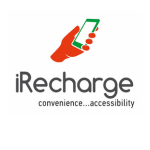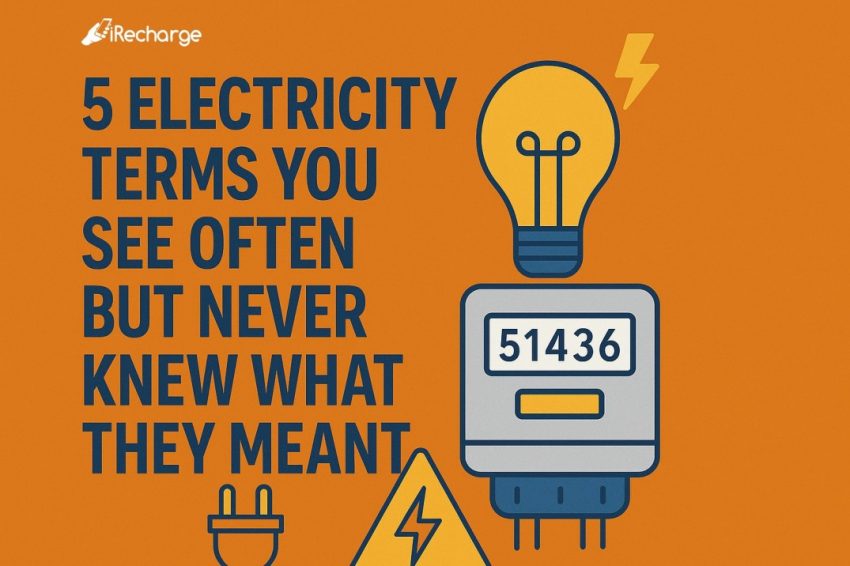Let’s be honest, electricity is one of those things we use every single day, but the terms around it can be confusing at times.
Like, have you ever looked at your meter or your bill and seen “kWh” or “tariff” and thought, “What is this one again?”
You’re not alone. Most of us just want light. All these big words? Please and please.
So today, let’s break down five electricity terms you see often, but never really took time to understand, in the simplest, most relatable way possible.
1. kWh (Kilowatt-Hour)
This is the number one culprit on every light bill. But what does it actually mean?
Here’s the gist: kWh is how your electricity usage is measured.
So, imagine you use your fan for one hour, and it takes one kilowatt to run, that’s 1 kWh.
Use it for 5 hours? 5 kWh.
In other words: The more things you plug in and the longer they stay on, the more kWh you burn, and the higher your bill.
2. Load
You might have heard someone say, “There’s too much load on this line.” It’s not your Wi-Fi o. They’re talking electricity.
Load simply means the total power all your appliances are using at once.
So, if your TV, AC, fridge, pressing iron, and electric cooker are all on at the same time? That’s a heavy load. And it reflects in your bill, and in your meter balance that vanishes like pure water on a sunny day.
Moral of the story: Try not to overload your house. Your meter will thank you.
3. Tariff
It sounds fancy, but it’s just the price per unit of electricity.
That’s it.
And yes, it’s different depending on where you live, what category your area falls into, and how much electricity you use.
So, you and your friend might both load ₦2,000, but she gets 35 units and you get 28. Why? Different tariff.
We know, life is not fair. But at least now you know why.
4. Single Phase / Three Phase
This is one of those things you hear electricians argue about like it’s a Premier League match.
In simple terms:
- Single phase = basic electricity supply. Think of it like a one-lane road.
- Three phase = more advanced. More power. Smoother. Like a three-lane expressway.
If your house uses a lot of heavy appliances (e.g., pumping machine, freezer, washing machine), you’re better off with three phase. If you’re always battling low current, your house might be on single phase.
Pro tip: Look at your meter, it usually shows if you’re single or three phase.
5. Token
A.k.a. the golden code of light.
When you buy electricity from iRecharge, what you get is a token. A 20-digit code that you enter into your prepaid meter. Once it accepts the code, boom! Your light is restored.
It’s basically your digital receipt for power. No token, no light. Simple.
Don’t forget: Always write your token down or save it somewhere just in case the meter acts stubborn.
You don’t need to be an electrical engineer to understand electricity. All you really need is someone to break it down the way we just did.
So, the next time someone throws “kWh” or “tariff” into the convo, just smile and explain it like a boss. And if they ask you how you know all this?
Tell them iRecharge put you on.

